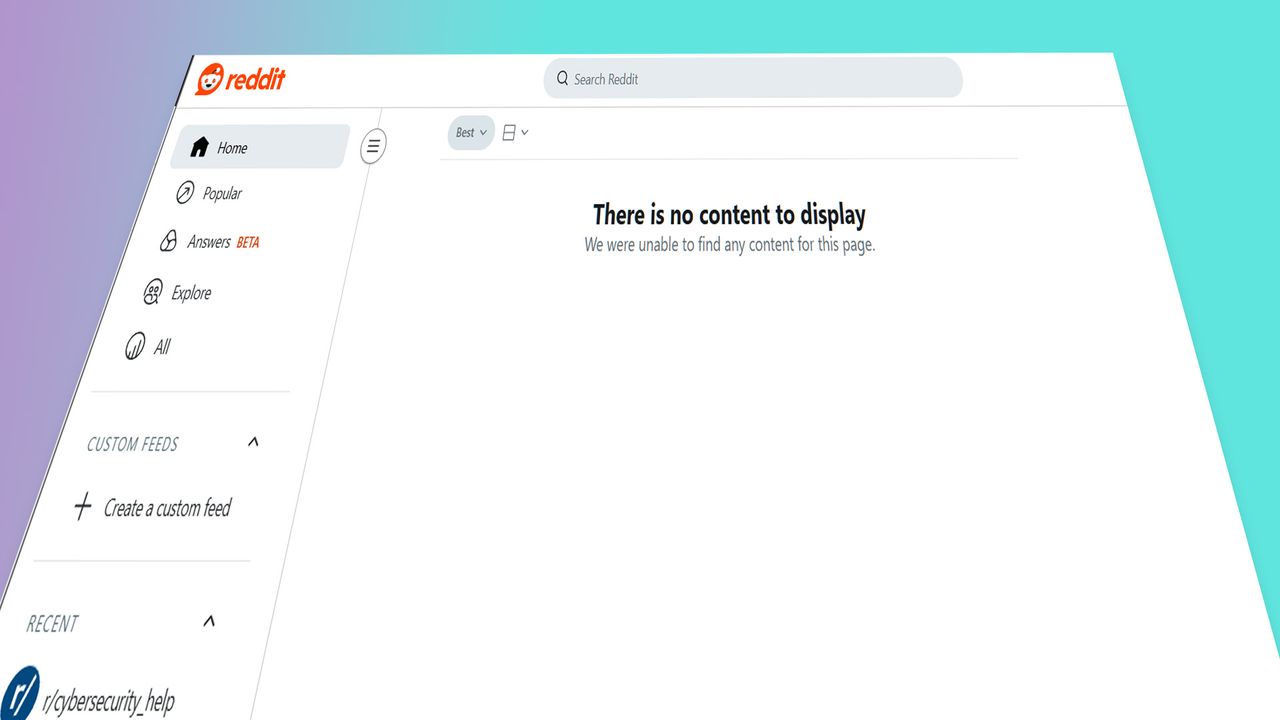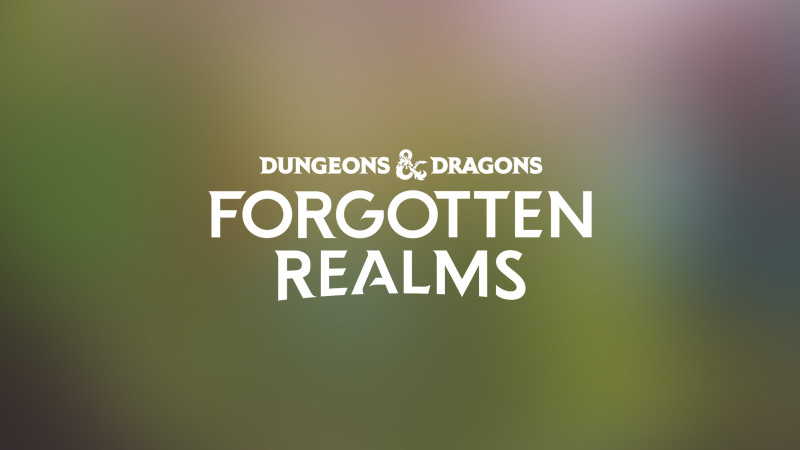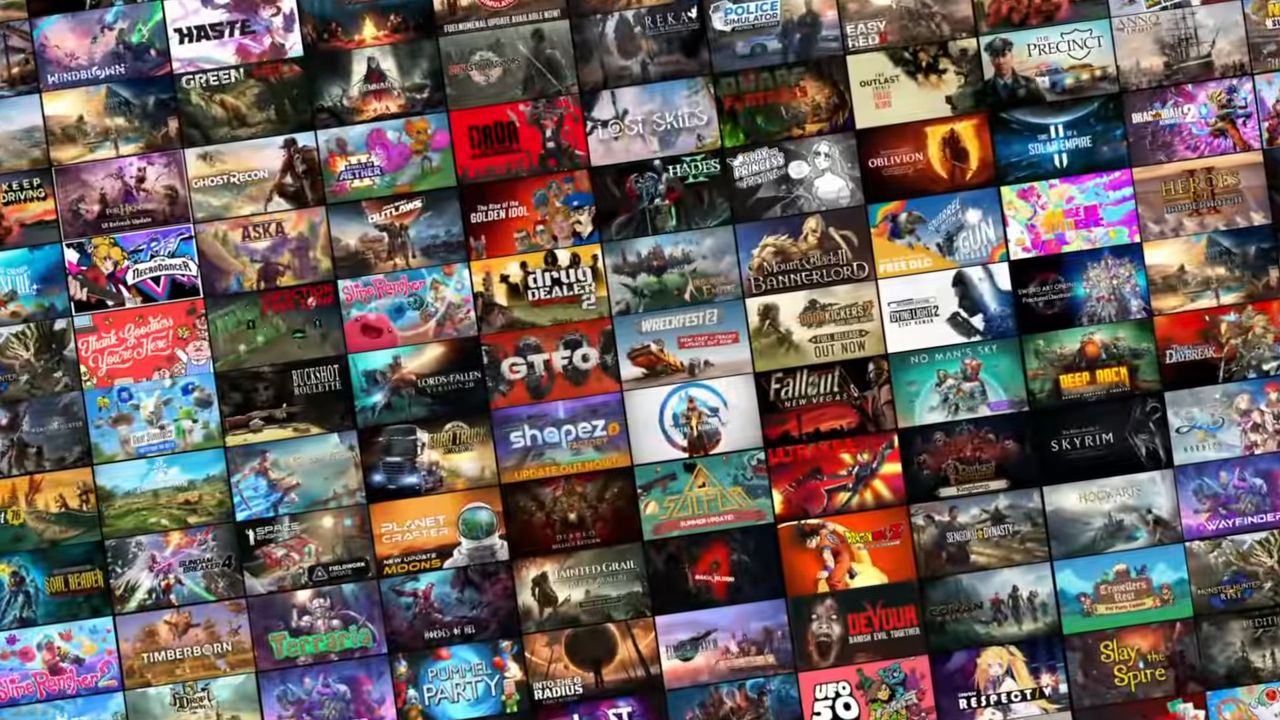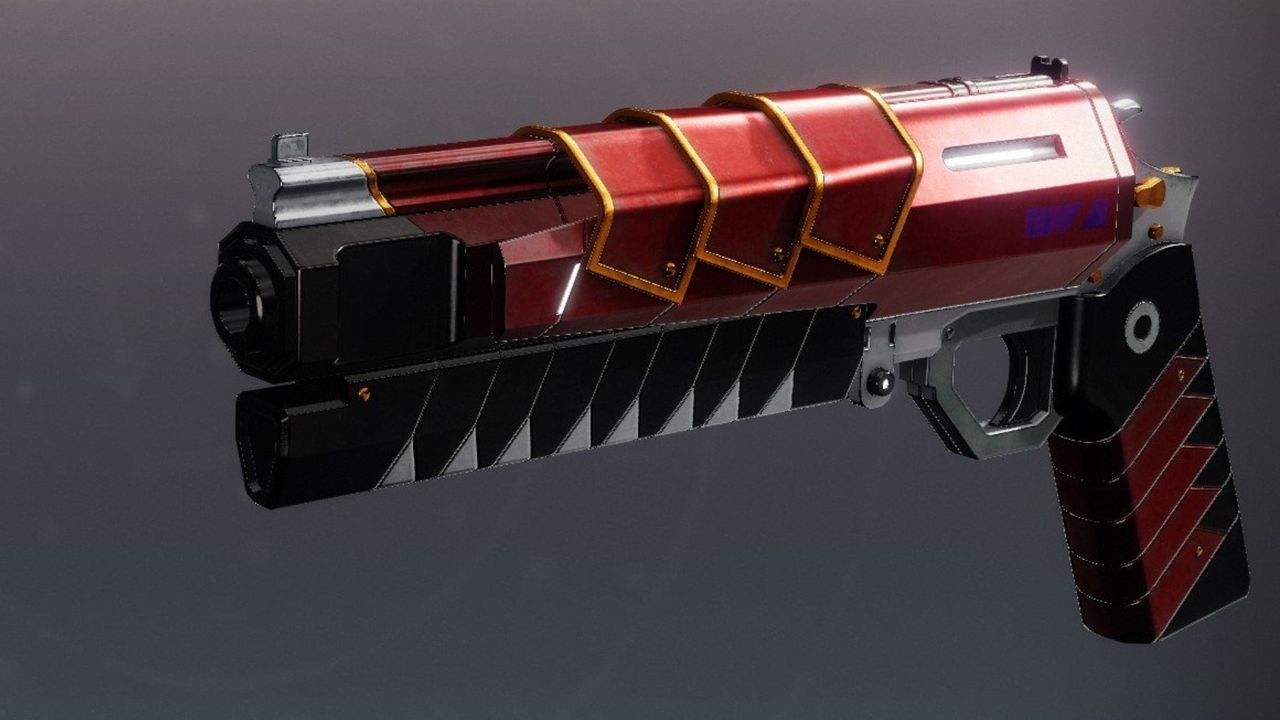
Wild Hearts is EA and Koei Tecmo’s answer to Monster Hunter, a familiar mixture of fantasy combat and gigantic boss beasts – with some less familiar magical building and trap-setting thrown in.
Out as soon as February 17, it’s been a bit of a surprise for fans of both Omega Force and Monster Hunter-like games, and there’s a lot still to learn, even after we got a look at the first trailer. Thankfully, we got an exclusive interview with two of Koei Tecmo’s directors, Kotaro Hirata and Takuto Edagawa.
We asked why the Dynasty Warriors developer is making a new monster hunting game (again), whether it’s an open world, if that building system is meant to resemble Fortnite, and much more.
IGN: Omega Force is best known for its Musou/Warriors games, but this looks like a big departure from that approach. What was the spark of an idea for Wild Hearts?
Kotaro Hirata: This project began as an attempt to create a Japanese-style hunting game that a new generation of players around the world could have fun with. It was informed by our experience developing hunting games, specifically the Toukiden series.
Our goal of creating a Japanese-style hunting game for a new generation remained consistent from start to finish, but making this core idea a reality was not something that happened overnight. One challenge we faced was creating something unique with universal appeal that would be accepted by players around the world. To achieve this, we went through several prototypes and trial and error over a very long period of time.
The ideas that formed the core of the project were Kemono, a fusion of nature and animals; and Karakuri, a craft element that was added specifically to suit the hunting elements of this game. We believe that Wild Hearts, born from these core ideas, is a hunting game that offers a new and innovative experience.
IGN: As you mention, this shares similarity with your previous work on the Toukiden series. Why did this feel like it needed to be a new IP, rather than a Toukiden sequel?
Takuto Edagawa: We wanted Wild Hearts to appeal to a more global audience than the Toukiden series. Certainly, as a Japanese-style hunting game, Wild Hearts has some things in common with Toukiden. However, the original aspects of Wild Hearts, such as what you are hunting, the battle system, the world setting, and the visual presentation, are different from Toukiden.
“Karakuri differs from the direction of crafting in Fortnite which allows for the creation of huge structures.”
IGN: Can you explain the building system we’re shown in the trailer? Are you solely creating hunting tools, or can you build structures as in the likes of Fortnite?
KH: Players hunt using a type of crafting called Karakuri, an ancient technology that allows for the creation of extremely flexible and creative hunting grounds to take on powerful beasts. Karakuri can range from types that can be built instantly during battle, to some that can be combined to create new Karakuri, and also types that are used to build hunting grounds by utilizing many different materials.
Karakuri expand the freedom and possibilities of hunting combat and exploration in this game, so it differs from the direction of crafting in Fortnite which allows for the creation of huge structures.
IGN: One thing that’s less clear from the trailer is the combat system. Will this have the looser, more free-flowing combat of Musou games, or is this closer to the heaviness and necessary precision of Monster Hunter?
KH: Wild Hearts features a combat system that combines a variety of highly flexible actions with deep combat against Kemono.
Players can not only perform dashing, jumping, grappling, sliding, and other actions required in today’s action games, but they can further enhance the performance of their actions by making full use of the Karakuri system. On the other hand, Kemono, which are a fusion of nature and animals, can hunt players down with a wide variety of attacks that real animals can’t perform.
In Wild Hearts, players will experience a new kind of combat that is different from that of the Warriors series or hunting titles we’ve seen before.
IGN: Is this an open world game, or is the world divided into zones?
TE: Wild Hearts uses a zone-based system, which we believe has significant advantages in a hunting game in which the player repeatedly hunts. Each separated zone is a large area and players can reach almost any point in a zone using Karakuri, so it is possible to enjoy it like an open world game in which you actively explore the world.
IGN: Why did you opt for 3-player co-op as a maximum?
TE: Originally, we considered having four players for cooperative play. However, during development, we realized that due to the power of the Karakuri, three player combat provides the best balance for maintaining a sense of tension and cooperative combat. We also took into consideration the fact that it’s easier to gather together three players.
IGN: Is this Omega Force’s first game that felt impossible to make on last-gen consoles? What has it taught you about creating games for new-gen that you’ll take into future projects?
KH: We believe that the fantastic and unique worldview inspired by feudal Japan is one of the key aspects of Wild Hearts. In order to make the world more compelling, we felt it was necessary to maximize the performance of the current platforms.
Specifically, we have improved the atmosphere by incorporating more accurate indirect light and increased density by placing higher resolution fields, Kemono, and objects in the game.
With Wild Hearts, we embraced the challenge of using new technology. We hope that players will use Karakuri to freely move around in the colorful and expansive world that we have created.
“In Wild Hearts, players will experience a new kind of combat that is different from that of the Warriors series or hunting titles we’ve seen before.”
IGN: Koei Tecmo self-publishes most of its studios’ work. Why did EA become involved in this project?
KH: We wanted to create a hunting game that would be enjoyed by players around the world. EA is not only very strong in international publishing, but they have contributed a great deal to Wild Hearts with their wealth of experience, and they are truly committed to ensuring that our game reaches a global audience.
IGN: Wild Hearts was only announced this month, yet is out in February. How long has the team been working on Wild Hearts, and why was it kept secret for so long?
KH: If we start counting from the conception and planning stages, we have been working on Wild Hearts for four years. We have wanted to tell players about this game for a long time, but we thought that the shorter the time was between announcement and release, the less time players would have to wait and the more interested they would be in playing the game.
IGN: Is this a conscious attempt to appeal to a more mainstream western audience?
TE: We are very conscious of the fact that we want more people in the West to play our games, and we have received a lot of feedback from EA from a Western perspective on many details, which helps us know where to adjust the game.
However, in terms of basic design, we are not overly conscious of focusing just on a Western audience, and as a Japanese developer, we try to create something we think is fun. EA is of the same opinion and really respects our creativity.
Joe Skrebels is IGN’s Executive Editor of News. Follow him on Twitter. Have a tip for us? Want to discuss a possible story? Please send an email to newstips@ign.com.






